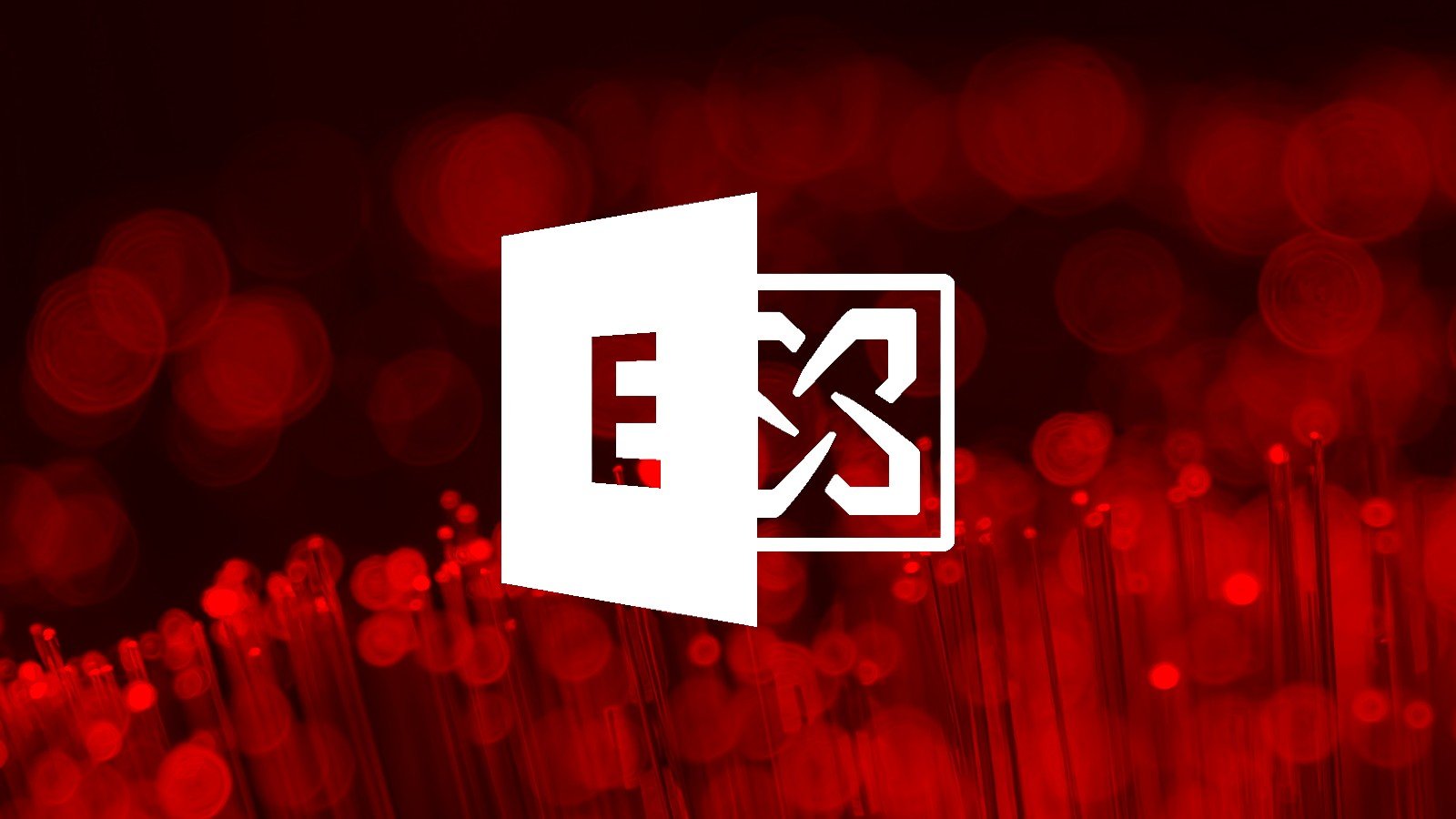- Mar 13, 2022
- 599
A new PowerShell-based malware dubbed PowerExchange was used in attacks linked to APT34 Iranian state hackers to backdoor on-premise Microsoft Exchange servers.
After infiltrating the mail server via a phishing email containing an archived malicious executable, the threat actors deployed a web shell named ExchangeLeech (first observed by the Digital14 Incident Response team in 2020) that can steal user credentials.
The FortiGuard Labs Threat Research team found the PowerExchange backdoor on the compromised systems of a United Arab Emirates government organization.
Notably, the malware communicates with its command-and-control (C2) server via emails sent using the Exchange Web Services (EWS) API, sending stolen info and receiving base64-encoded commands through text attachments to emails with the "Update Microsoft Edge" subject.
"Using the victim's Exchange server for the C2 channel allows the backdoor to blend in with benign traffic, thereby ensuring that the threat actor can easily avoid nearly all network-based detections and remediations inside and outside the target organization's infrastructure," the FortiGuard Labs Threat Research team said.
The backdoor enables its operators to execute commands to deliver additional malicious payloads on the hacked servers and to exfiltrate harvested files.

New PowerExchange malware backdoors Microsoft Exchange servers
A new PowerShell-based malware dubbed PowerExchange was used in attacks linked to APT34 Iranian state hackers to backdoor on-premise Microsoft Exchange servers.